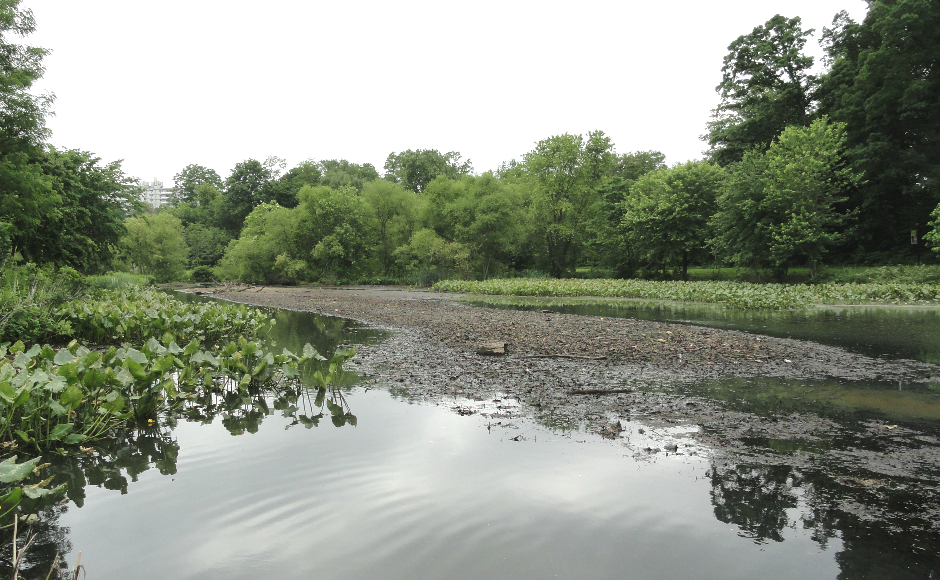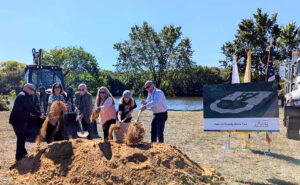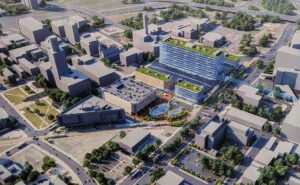

Related posts

Camden County Breaks Ground on Skatepark, Anticipates Winter 2025 Opening
The project reflects years of advocacy among skateboarders and a commitment from the county parks department to provide amenities of all sorts for residents and visitors.
October, 9 2024
Walter Rand Transportation Center Project Foretells Broader Redevelopment in Camden City
The $250-million project was announced by NJ Transit in 2021. Camden County officials foresee its overhaul as the centerpiece of a billion-dollar investment in the Camden City downtown.
September, 20 2024